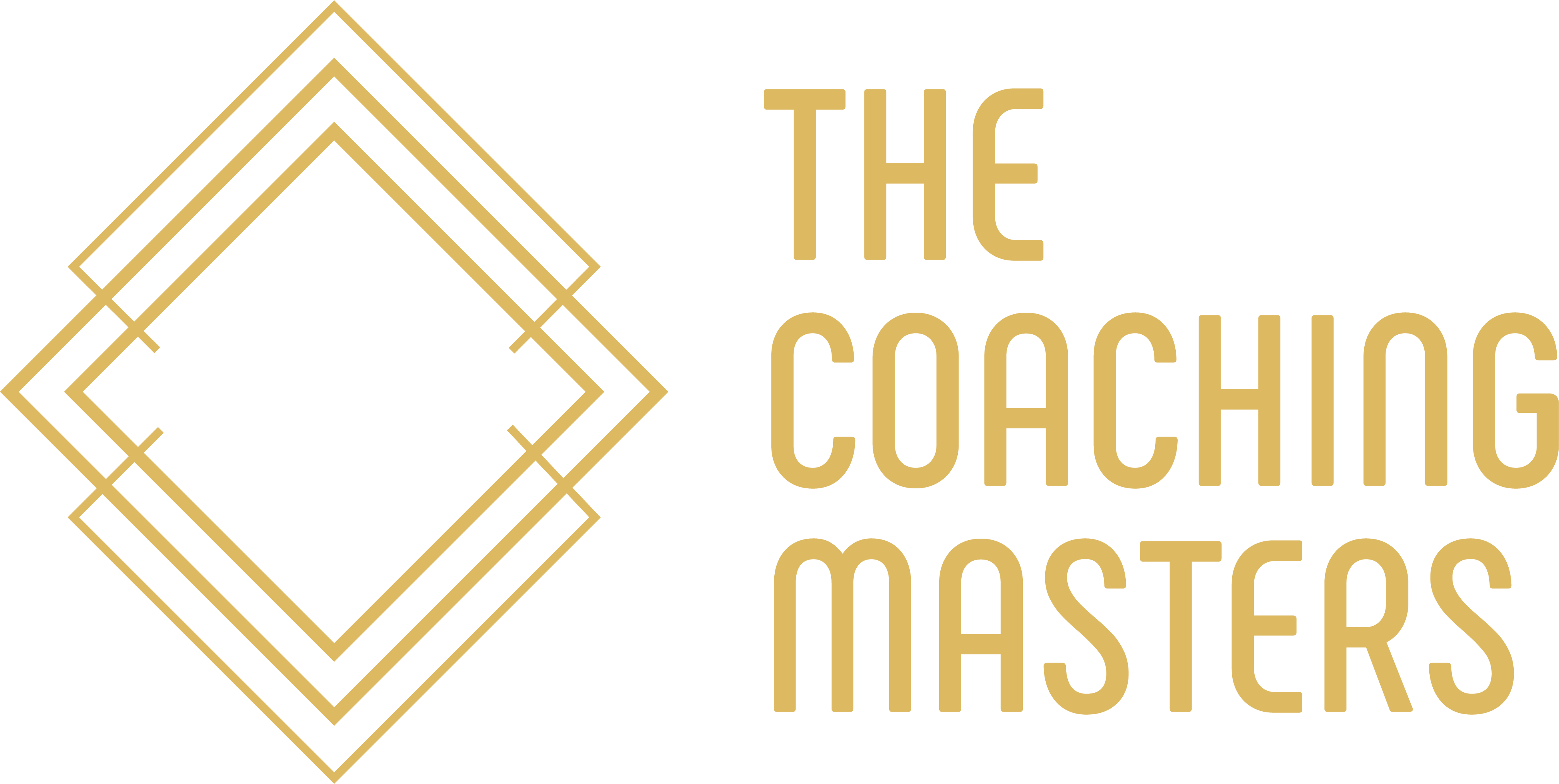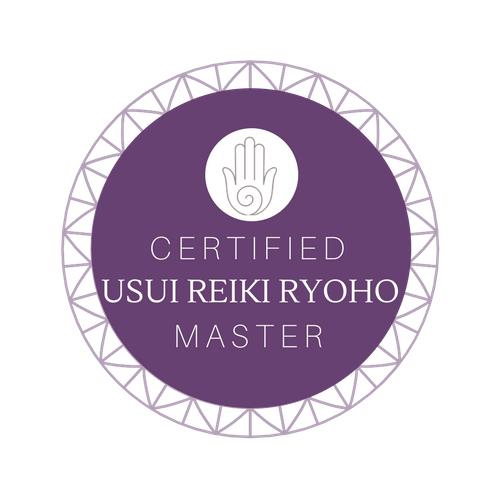Feng Shui Theories

Understanding the Balance of Energy and Space
Feng Shui, an ancient Chinese practice, focuses on harmonising individuals with their surrounding environment to enhance well-being and prosperity. The theories behind Feng Shui aim to strategically position human-made structures and objects in places believed to have favourable Qi (pronounced "chi"), which can be understood as a form of energy. To delve deeper into the principles of Feng Shui, it's essential to explore its core theories, including Qi, polarity, and the Bagua.
The Concept of Qi
Qi, a central concept in Feng Shui, is often left untranslated due to its complex nature. In its most basic form, Qi means "air," but within the context of Feng Shui, it signifies "energy." Traditional interpretations of Qi encompass understanding the interactions between local environments, building orientations, and the relationships between land, vegetation, and soil quality. The luopan, a traditional compass, is a tool used to assess the flow and quality of Qi in a given location.
The theory of Qi originates from the Axial Age, a period that birthed various philosophical and metaphysical ideas. One significant belief from this era is that the heavens influence life on Earth. While this may sound far-fetched to some, modern science acknowledges the impact of space weather on technology, such as GPS systems, power grids, and even the navigational abilities of birds and other creatures. Thus, the concept of Qi aligns with the idea that unseen forces can significantly affect our lives and environments.
The Principle of Polarity
Polarity, another key theory in Feng Shui, is articulated through the Yin and Yang concept. Yin and Yang represent opposing but complementary forces, akin to a bipolar magnetic field. Yang embodies the active, assertive force, while Yin represents the receptive, passive counterpart. This interaction is an early understanding of chirality, where asymmetry in the natural world leads to different properties and effects.
The Yin and Yang theory is intrinsically linked to the Five Phase Theory or Five Element Theory, which describes the cyclical interactions between five fundamental elements: water, wood, fire, earth, and metal. Each element is composed of varying degrees of Yin and Yang, and their interactions form the basis for achieving balance in Feng Shui practices. The goal is to harmonise these elements to create a balanced environment conducive to health, prosperity, and well-being.
The Bagua: A Symbolic Compass
The Bagua, consisting of two ancient diagrams, is a fundamental tool in Feng Shui. It can be compared to modern-day cardinal points of a compass, providing a symbolic map to evaluate and enhance the energy flow within a space. The Bagua is linked to the ancient "four directions" divination method, which was widely used during the Shang dynasty and has roots in even older traditions, such as those of the Hongshan culture.
The cardinal directions represented in the Bagua diagram are associated with specific celestial animals and their respective energies. The East is symbolised by the Blue Green Dragon, representing renewal and growth. The South corresponds to the Red Bird, signifying expansion and vitality. The West is represented by the White Tiger, symbolising strength and protection. The North is associated with the Dark Turtle, embodying stability and support.
These associations are believed to be determined by marker-stars of the mega-constellations known as the Four Celestial Animals. The Bagua, therefore, serves as a guide to align spaces with these directional energies, aiming to create a harmonious and balanced environment.
Modern Applications of Feng Shui Theories
Despite its ancient origins, Feng Shui continues to be relevant in contemporary practices aimed at creating balanced and harmonious environments. The theories of Qi, polarity, and the Bagua provide a framework for understanding how to arrange spaces to maximise positive energy and minimise negative influences.
In modern applications, Feng Shui is used in various settings, from homes and offices to gardens and urban planning. The principles of Qi guide the placement of furniture, doors, and windows to optimise the flow of energy. Polarity, through the balance of Yin and Yang, influences the choice of colours, shapes, and materials to create a harmonious atmosphere. The Bagua is employed to assess the energy in different areas of a space, assigning each sector a specific aspect of life, such as health, wealth, relationships, and career.
For instance, in a home, the southeast sector, associated with wealth and prosperity in the Bagua, might be enhanced with elements representing wood and water, which are thought to stimulate growth and abundance. Similarly, the north sector, linked to career and life path, may be activated with elements symbolising water, such as a fountain or images of flowing water, to promote career advancement and opportunities.
The Continuing Relevance of Feng Shui
Feng Shui’s enduring appeal lies in its holistic approach to creating spaces that support well-being and prosperity. By understanding and applying its core theories, individuals can enhance their living and working environments, leading to improved quality of life and a greater sense of balance and harmony.
In summary, the theories of Feng Shui, including the concepts of Qi, polarity, and the Bagua, provide a comprehensive guide to arranging spaces in ways that align with the natural flow of energy. These principles, deeply rooted in ancient Chinese philosophy, continue to offer valuable insights and practical applications for creating environments that support health, happiness, and prosperity. Through careful consideration of these theories, one can transform their surroundings into a sanctuary of positive energy and balance.
Click the link below to book your free clarity call or free virtual coffee chat.
Grab a copy of our newletter by completing the form below, this will then be sent to your inbox every month.
My Affirmation For The Week
"Every act of creation is first of all an act of destruction."









